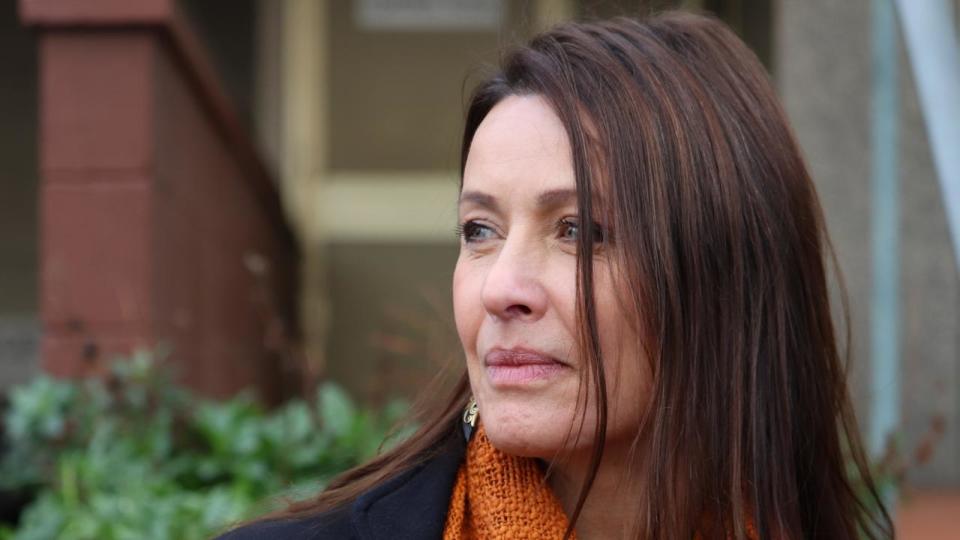'Error in judgment' moments before elite pilot's death
The death of a highly respected and experienced rescue pilot during a helicopter training exercise crash highlights concerning risk issues in a certain model, a coroner says.
Roger Corbin, 57, was killed instantly when an AS350BA nosedived during a simulated hydraulics failure at Hobart Airport in November 2017.
Mr Corbin, who played a major part in setting up search and rescue operations in Tasmania, had more than 30 years and 14,200 hours of flying experience.
The father-of-three was instructing another experienced pilot John Osborne, who survived the crash, about emergency procedures.
Coroner Olivia McTaggart said Mr Corbin's death highlighted concerning issues of risk surrounding hydraulics-off landing exercises in AS350BAs.
She said despite easy-handling qualities of the aircraft with hydraulics on, a pilot must contend with greatly increased control forces when flying without hydraulics.
"The inability to control the aircraft without hydraulics has had catastrophic consequences in many cases," she said in findings published on Thursday.
"(There is a) critical need to closely follow the provisions of the flight manual and adopt best instructing practice for an hydraulics-off training exercise in this aircraft."
Ms McTaggart said the pair didn't undertake a pre-flight briefing or demonstration, but it wasn't possible to say whether doing so would have prevented the crash.
She ruled a crosswind contributed to an inability to control the helicopter, putting it in an irrecoverable hover.
"Despite Mr Corbin's skill and his ability to judge when intervention was required, his judgment erred on this occasion," she said.
"This fact contributed to the crash and his tragic death."

Ms McTaggart, however, noted it was not unusual for an experienced instructor like Mr Corbin to proceed with the exercise in the level of crosswind on the day of the accident.
It could not be determined what happened in the final seconds before the crash but Ms McTaggart was confident Mr Corbin did "everything possible" to regain control.
Mr Corbin's widow Allana Corbin, an experienced pilot and the first woman to circumnavigate Australia solo by helicopter, said the inquest had hung over her family.
"At the end of the day, nothing is going to bring him back," she said outside court.
"The coronial inquest wasn't something we were pushing for. It is time for us now to move forward.
"There was a lot of 'could have contributed'. We've accepted that from the beginning that we're never really going to know.
"He would have done everything he could have to get that aircraft (safely) on the ground."
Ms McTaggart said newer AS350 versions had a dual hydraulic system, eliminating the need for failure training, but vigilance was required on older models.
Peter Ayre, who investigated the crash for the Australian Transport Safety Bureau, said emergency hydraulic failure training in AS350BAs had a "famously high" rate of accidents.
Mr Osborne, who runs his own aviation group, described Mr Corbin as an "elite" mentor of pilots and said his death was a tragedy.
Multiple colleagues of Mr Corbin's praised his ability, including the owner of the helicopter involved in the crash who told the inquest his flying was "second to none".
Mr Corbin had set up helicopter business Rotor Lift and played a "critical role" in saving many lives.
Ms McTaggart said the aircraft's manufacturer may wish to consider altering an aspect of their manual relating to hydraulic failure training.
Since the crash, Rotor Lift has made changes including reviewing safety management systems.


